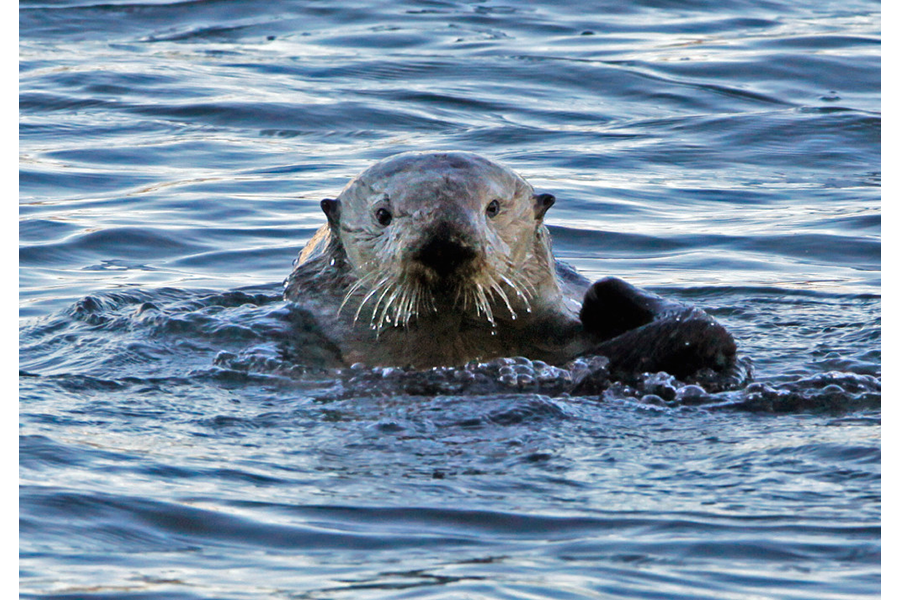California's sea otter population makes a comeback
In a near victory for California sea otters, biologists are cautiously optimistic about the future of the state's southern sea otter population after the annual otter census counted more than 3,000 individuals this year.
Although otter population growth has delighted scientists, however, there are also worrying signs that the population range is contracting, a factor that can restrict long term recovery.
"The population index has exceeded 3,090 for the first time, and that's encouraging," said US Fish and Wildlife Service (USFWS) southern sea otter recovery coordinator Lilian Carswell, "but sustained population growth will require range expansion."
While 3,090 may seem like an odd number, it is a significant one for biologists, since otter censuses must show at least that many individuals in the total population for three years in a row before the USFWS will consider taking the otter off the threatened species list.
Most of the population growth appears to have occurred in the center of the otters' typical range. A greater abundance of sea urchins, a popular otter snack, likely contributed to the surging otter population.
"We believe the high count this year is partly explained by excellent viewing conditions, but it also appears to reflect increased food availability in the range center," said Tim Tinker, a research ecologist who leads the USGS sea otter research program, in a Monterey Aquarium statement. "The boom in sea urchin abundance throughout northern and central California has provided a prey bonanza for sea otters, and that means more pups and juveniles are surviving to adulthood."
Yet although the population in general is expanding, the northern and southern populations are experiencing declines of 2.5 and 0.6 percent respectively, a population trend that worries biologists.
Researchers say that "shark gauntlets" at either end of the otters' current range could be keeping the animals penned in to the center of their population range. Many stranded otters found on either extreme of the otters' usual range are found with lethal shark bites, according to a press release by the Monterey Aquarium.
In the long term, scientists say that they would love to see recolonization of otter habitats on the extremes of the species current range, a population spread that would reduce strain on resources in the center of the otters' current range, and restore traditional ecological relationships
"Once sea otters' range expands, recolonizing historical habitats throughout California, we'll see similar ecosystem benefits that sea otters have brought to kelp forests and estuaries," said Monterey Aquarium Sea Otter program lead manager Andrew Johnson.
Sea otters have been in national news lately, after several young otters were found along the California coast, killed by gunshot wounds.
Wildlife officials offered a $10,000 reward for information related to those killings.






